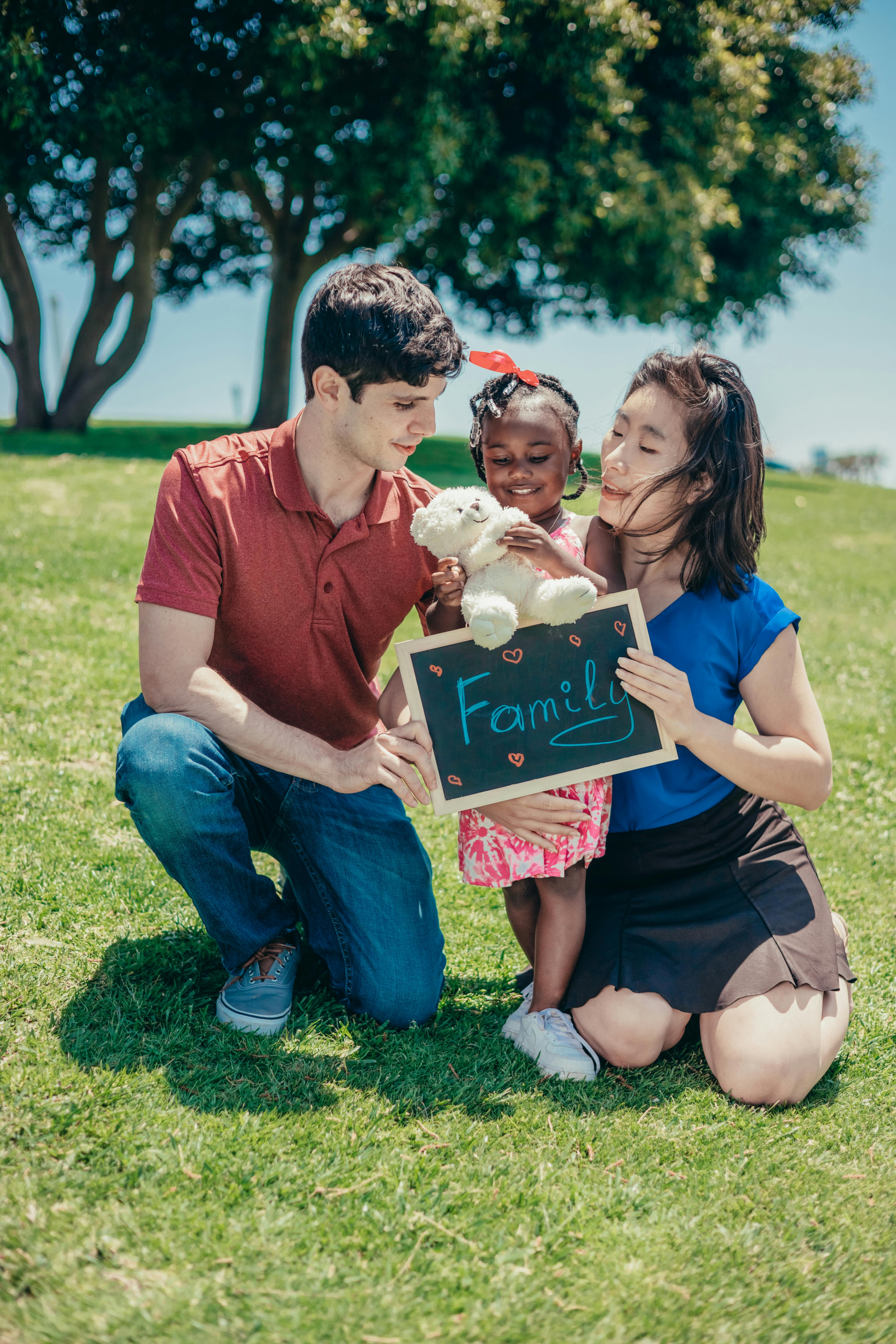Balancing Culture in Adoption
Keeping your child’s culture in adoption is important in helping them find identity and feeling at home. Just the other day my kitchen was filled with the aroma of sautéed garlic, onion, and cabbage while mung bean noodles soaked in a bowl nearby. These familiar smells from my childhood were conjuring up fond memories. My grandpa’s pancit, is a popular Filipino dish. I love making this dish because it reminds me of my heritage and the sweet memories of my grandpa teaching me how to make it. My Filipino ancestry is the only heritage I have any real connection to because it is the culture that I’ve embraced and passed down. My sister will send me comedic videos made by other Filipino families and I will laugh at the connection and humor that makes sense because my family reflects the same behaviors.
I still celebrate Filipino culture in my own home and teach my daughter the same recipes my grandpa taught me even though she was adopted and has no Filipino background, it doesn’t mean she is excluded from the culture in our home.
I often think how I would feel if that deep connection I had to my family’s culture was stripped from me; I would be lost and heartbroken. That’s the reality for many of our children in the adoption community. How can we bridge the gap between our child’s loss of their culture and the culture they are adopted into?
Culture doesn’t just have to do with ethnicity, but also with food, language, religion, traditions, and more. Every family culture is different. For example, we believe in God, and our Christian faith affects every aspect of every decision and behavior in our household. We also take our shoes off at the front door. We say “I love you” multiple times a day. We have homemade, sit-down meals most nights and we don’t have a television. That is part of our family culture.
This type of family culture can be difficult for a child to adjust to, especially if they are used to a group home or come from traumatic backgrounds. An environment like ours may seem intrusive and overwhelming.
The best way to help a child adjust to the family culture is to take it slowly. Spend some time cocooning when you get home. As tempting as it is to have big celebrations and invite friends and family over, for a time it needs to be just the immediate family and your child. Let the child take time to adjust to the new food, smells, and customs of your household. Help them feel part of the family by incorporating some foods they like and are familiar with.
Food
When we fostered, anytime we had a new child walk through our doors, I would take them grocery shopping within the first 24 hours. This was so they could pick out foods they enjoyed and were familiar with. A family that eats all organic veggies they grew in their garden will have to be flexible with a kiddo who is used to eating mac and cheese from a box.
My niece was adopted from India and when she first came home all she wanted to eat was rice and lentils with familiar sauces. My sister worked very hard to learn how to make the food she was used to which helped her keep her culture in adoption. She still enjoys her traditional Indian dishes but now her palate has expanded and now she asks for pumpkin pie every day.
Traditions
Another way to make a child feel like part of the family culture is by introducing new traditions. If every tradition in the family was created before the child was there, it may make them feel a little left out. It doesn’t take long for something to become a tradition and that doesn’t mean you have to leave out past ones either.
My grandpa used to make us teddy bear pancakes on Christmas Day when I was a little girl, and it’s one of my fondest memories. Instead of getting rid of that tradition, we made it new so our daughter could feel included. Instead of Christmas morning and teddy bears, we make snowman pancakes on the morning we decorate our home for Christmas. We also started making a special advent calendar together where my daughter gets a new character from the Christmas story for every day in December. I make it myself and it has become really special to her over the years.
Learn about your child’s former culture so you can incorporate those traditions too. We had an exchange student from Ecuador and one of their New Year’s Eve customs was to buy each other underwear; the different colored underwear had different meanings such as wealth, luck, and love for the new year. Our family laughed and enjoyed incorporating that into our holiday plans. You have to find what works by including your child and asking for their input on what they want to celebrate.
Language
Language is another important part of family culture. Especially if your child is adopted from another country or a family who spoke another language in the home. My sister is very good at keeping her daughter’s language by bringing her around other people who speak Hindi and even listening to music that has her language in it. Find resources or ways for your children to hear their original language. It’s important for them to learn the language of their new home but having access to their original spoken language can give them some comfort and peace.
Be open about how your child came to your home. Excluding your child’s past culture in adoption will not help them adjust to yours. Instead, that can cause a lot of loss and confusion for your child. Be willing to put in the research and be flexible. You may even be surprised how your family culture changes as two worlds collide in a beautiful story of adoption.





